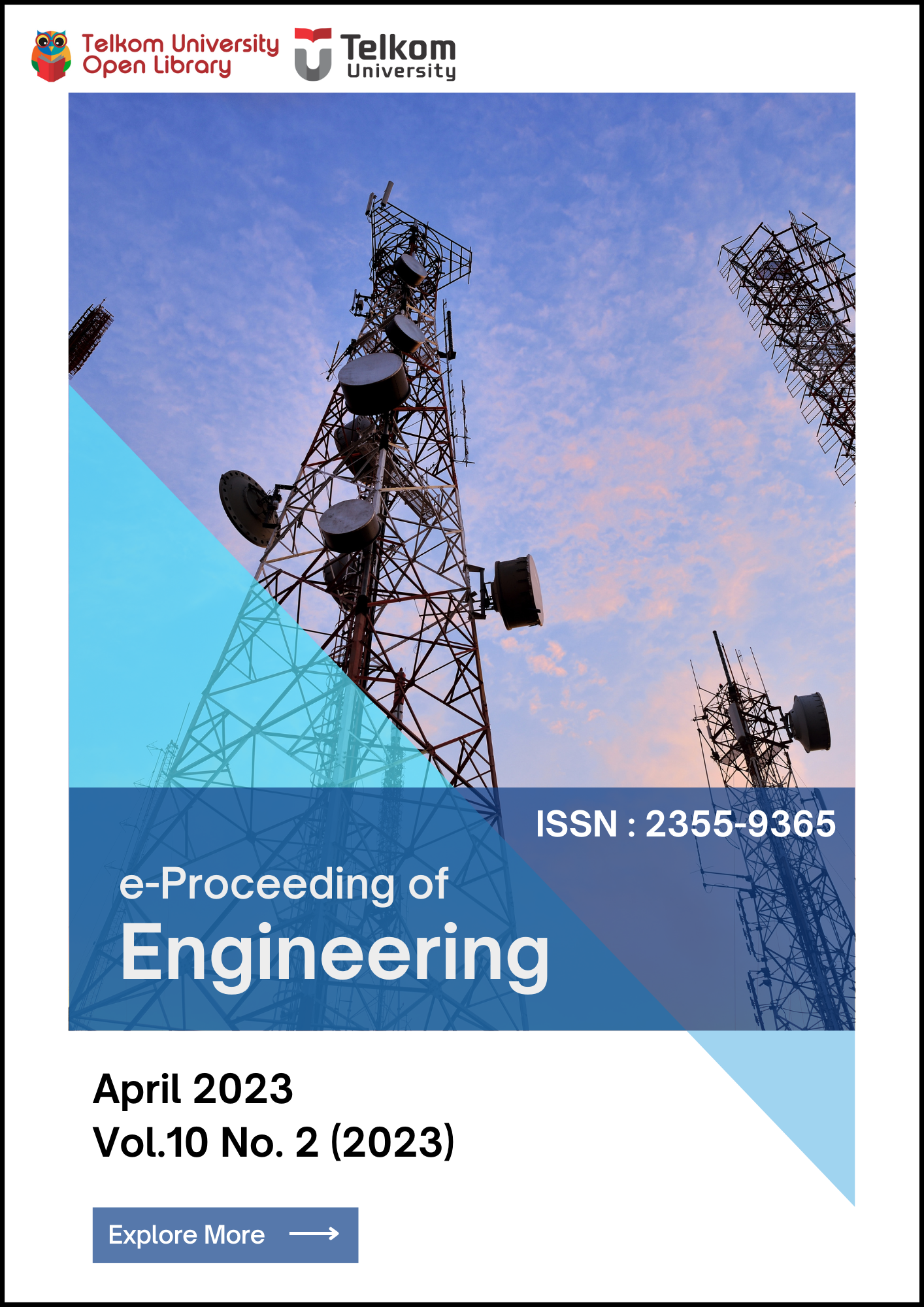Rancang Bangun Front-end pada Aplikasi Website “Houset” dengan Menggunakan User-Centered Design
Abstract
Abstrak-Kebanyakan masyarakat menginginkan desain interior dan furnitur yang bagus, namun juga tetap mempertahankan fungsinya dengan baik. Namun, tidak banyak orang yang memahami cara mengatur tata letak desain interior agar sesuai dengan apa yang memang mereka butuhkan. Houset dapat membantu permasalahan masyarakat yang belum memahami tentang desain interior dan furnitur. Houset adalah perusahaan startup yang membantu dengan cara memberikan bayangan visual mengenai rekomendasi desain interior dan furnitur yang disesuaikan dengan kebutuhan user. Untuk memasarkan produknya, Houset memerlukan sebuah website yang nantinya dapat dipergunakan user sebagai media desain interior. Pada penelitian ini penulis akan membuat sebuah desain antarmuka untuk selanjutnya diterapkan ke dalam pembuatan front-end website Houset. Dalam perancangannya, tampilan antarmuka dibangun menggunakan metode User-Centered Design (UCD). Sebuah tampilan interface yang dibuat menggunakan metode UCD dinilai lebih baik daripada yang tidak memakai metode sama sekali. Metode evaluasi untuk hasil penelitian ini adalah System Usability Scale. Evaluasi tersebut mendapatkan hasil nilai SUS 83.5. Dengan begitu, hasil rancangan desain memiliki hasil “Sangat baik”.
Kata Kunci- user-centered design, UI/UX, front-end, houset, system usability scale
References
O. Mungkasa. 2020."Bekerja dari Rumah (Working From Home/WFH): Menuju Tatanan Baru," The Indonesian Journal of Development Planning, vol. IV.
R. M. A. El-Zeiny. 2012. "The Interior Design of Workplace and its Impact on Employees’ Performance: A Case Study of the Private Sector Corporations in Egypt," Procedia - Social and Behavioral Sciences, pp. 746-756.
S. Waykar. 2020. "Why Website is Important For a Business," Infidigit. [Online]. Available: https://www.infidigit.com/blog/importance-of-website/. [Accessed Februari 2022].
C. Firani. 2018 "The Importance Of Front-End In Every Web Design Project," BBN Times. [Online]. Available: https://www.bbntimes.com/technology/the-importance-of-front-end-in-every-web-design- project. [Accessed Februari 2022].
W. Ashley. 2009. "User-Centered Design, Activity-Centered Design, and Goal-Directed Design: A Review of Three Methods for Designing Web Applications," in Proceedings of the 27th ACM international conference on Design of communication.
M. Agarina, A. S. Karim dan Sutedi. 2019. "User-Centered Design Method in the Analysis of User Interface Design of the Department of Informatics System’s Website," International Conference on Information Technology and Business (ICITB), pp. 218-230.
A. Aulia dan G. P. Kusuma. 2020. "Enhancement of User-Centered Design Method for Improving Usability of E-Learning Website Design," International Journal of Emerging Trends in Engineering Research, vol. 8.
M. D. Dzulfiqar, D. Khairani dan L. K. Wardhani. 2018. "The Development of University Website using User Centered Design Method with ISO 9126 Standard," The 6th International Conference on Cyber and IT Service Management.
C. Abras, Diane-Maloney-Krichmar dan J. Preece. 2004. "User-Centered Design," Encyclopedia of Human-Computer Interaction.
G. J. Kim. 2015. "Human-Computer Interaction: Fundamentals and Practice," CRC Press, p. 1.
G. Chao. 2009. "Human-Computer Interaction: Process and Principles of Human-Computer Interface Design," International Conference on Computer and Automation Engineering, pp. 230-233.
B. A. Myers. 1995. "User Interface Software Tools," ACM Transactions on Computer-Human Interaction,
vol. 2, no. 1.
D. Benyo. 2019. Designing User Experience, UK: Pearson.
E. L.-C. Law, V. Roto, M. Hassenzahl, A. P. Vermeeren dan J. Kort. 2009. "Understanding, Scoping and Defining User Experience: A Survey Apporach," Proceedings of the SIGCHI conference on human factors in computing systems, pp. 719-728.
C. Browne. 2020. "What are User Flows in User Experience (UX) Design?,". [Online]. Available: https://careerfoundry.com/en/blog/ux-design/what-are-user-flows/. [Accessed Desember 2021].
L. Munro. 2020. "Understanding User Journey vs. User Flow,". [Online]. Available: https://xd.adobe.com/ideas/process/user-research/user-journey-vs-user-flow/. [Accessed Desember 2021].
A. Joshi, S. Kale, S. Chandel dan D. K. Pal. 2015. "Likert Scale: Explored and Explained," British Journal of Applied Science & Technology, vol. 7, no. 4, pp. 396-403.
J. Brooke. 1996. "SUS - A quick and dirty usability scale," Usability evaluation in industry, vol. 189, pp. 4-7.
P. Faller. 2019. "Putting Personas to Work in UX Design: What They Are and Why They’re Important,". [Online]. Available: https://xd.adobe.com/ideas/process/user-research/putting-personas-to-work-in-ux- design/. [Accessed Desember 2021].
Z. Sharfina dan H. B. Santoso. 2016. "An Indonesian Adaptation of the System Usability Scale (SUS)," in
IEEE.
J. Nielsen and T. K. Landauer. 1993. "A Mathematical Model of the Finding of Usability Problems," in
Proceedings of the SIGCHI Conference on Human Factors in Computing Systems - CHI ’93.
J. Nielsen. 2000. "Why You Only Need to Test with 5 Users," Nielsen Norman Group. [Online]. Available: https://www.nngroup.com/articles/why-you-only-need-to-test-with-5-users/. [Accessed 26 Agustus 2022].
M. K. Foster. 2019. "Design Thinking: A Creative," Management Teaching Review, pp. 123-140.






